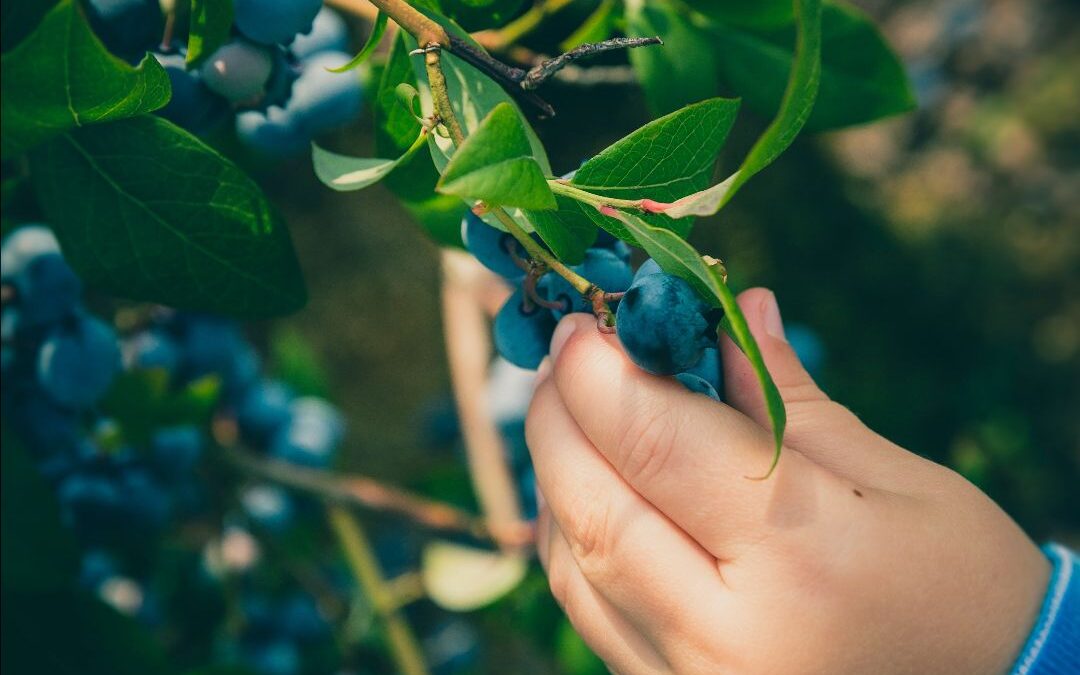Please enjoy the following excerpt from the upcoming book coauthored by our in-house Ayurvedic doctor, Manish Chandra.
There are foods that you like and those that you don’t like. Your likes and dislikes differ from others; they differ in you from time to time. Your response to the tastes of foods is critical feedback information from your body and mind about nutritional and other needs. But how a food actually affects you may still be different. There are not collections of independently functioning parts, but rather interactions and relationships of whole systems. That is why it is most important to recognize the concepts that are being provided and then to work with them through your own careful self-observation.
Consider other factors involved. There is a basic “law of the pendulum” which can potentially turn everything into its opposite. This is a phenomenon very clearly noticeable in the experience of temperatures. Dry ice can burn. Natural law shows us what experience teaches us about the relationship of opposites. “All energy moves in a pendulum swing between opposites.” Light alternates with dark as the day turns into night, heat alternates with cold, noise with silence, the in-breath with the out-breath, birth with death. Values are not attributable to either, for in each case “the whole” is nature’s design.
Sweetness can be a relative. Cold and hot are relative experiences. There is the actual temperature of the food. There is the temperature tendency of the person eating the food. That is, who is the eater and are they inherently tending to over-heating for example. We also know how quantity changes quality — overeating of the right foods changes their effects. Ayurveda provides rules and guidelines that simplify these factors, but the importance of exploring your own intuitions and reactions to what you eat cannot be over emphasized.
There are many contributions to the understanding of how a specific food will influence your health. We have discussed the main intrinsic factors; doshas, dhatus, malas, agni, and prakriti. The concepts of dravya guna, the Ayurvedic science of food and herb pharmacology are fundamental to nutrition. Bringing together Ayurvedic theory with practical application, they establish the basic relationship between a specific food and how and when it affects the body and mind. Ayurvedic pharmacology reveals what foods are better eaten when and by whom, and what the specific therapeutic effect of foods and herbs will be. Dravya guna is the assignment of specific qualities to foods based upon how they are sensed and perceived initially, and their sensations and inferred effects upon digestion, assimilation, and elimination. The taste or rasa of foods is established by direct perception only, the post-digestive effect or vipaka by inference only, and the energy or virya by both direct perception and inference.
The ancient concepts of soma, agni, and vayu are at the root of dravya guna inferences. And not surprisingly these terms correspond with kapha, pitta, and vata. But soma, agni, and vayu also correspond with cycles in time — daily, annual, and life cycles. Soma means body, structure or growth. It corresponds with kapha dosha, growth, heavy guna karma, sweet vipaka, and the “in-breath” of the day, the year and of one’s life. Agni is the fire of life, and corresponds with pitta dosha, metabolic and transformative functions of life, and sour rasa and vipaka. Vayu is the life breath and corresponds with vata dosha, activity, light guna karma, pungent vipaka, and the “out-breath” of the day, year, and of life.
Photo by Markus Spiske on Unsplash.
4/3/24
